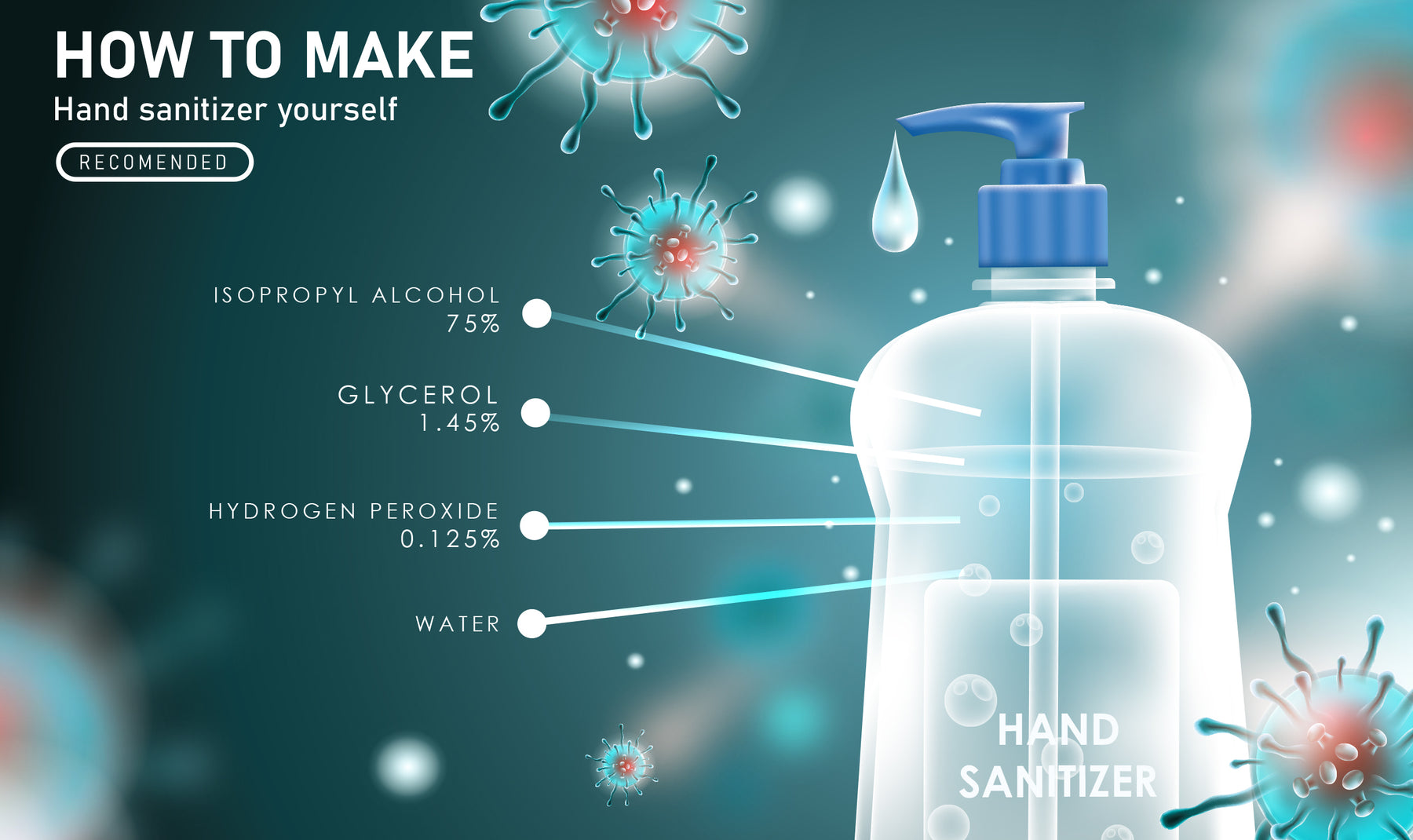
How to make your own hand sanitizer (Video)
During the spread of COVID-19 we have seen shortages of hand sanitizer or their prices going up. Using the guidelines published by World Health Organization (WHO) we have made a simple how-to video explaining and showing how you can make your own hand sanitizer at home using commodities available at your local hardware store and pharmacy.
How to mix your solutions
If you are in need of larger scale disinfectant solutions where Ethanol and Isopropanol are still too expensive you can make your own cheap Chlorine solutions that will still kill COVID-19 on surfaces and be at fraction of the cost. Just mix bleach with water and test with one ofour tests to make sure it is in your desired range (0-2000 ppm).
Sanitizer 50-200 ppm Chlorine (doesn't kill viruses). To be used for any food contact surfaces. (Tables, dishes, utensils, food preparation counters) Disinfectant 500-800 ppm Chlorine (kills viruses). To be used for bathrooms, children's changing tables, toys and anywhere else where a higher degree of disinfectant is needed Strong Disinfectant 1000+ ppm Chlorine (kills viruses). To be used in places where spread of virus has been suspected and an even stronger solution is necessary. (illness, vomiting, diarrhea etc.)
Remake Chlorine solutions every day and test with a test strip before each application.
Sanitizing Solution:
- Label a clean 1 litre container "Chlorine Sanitizer" with a permanent marker.
- Add 1 capful of liquid household bleach to the container.
- Place the cap on the container and shake it well.
- Some of the bleach will cling to the container wall. Remove the cap from the container and discard the bleach that does not cling to the wall.
- Fill the container to about few cm from the top with tap water and shake it well.
- Then test to make sure the concentration is what you expected (50-200 ppm) - There are clear marks on the testing bottle, too.
Disinfecting Solution:
- Label a clean 1 litre container "Chlorine Disinfectant" with a permanent marker.
- Fill the marked container about half way with tap water.
- Add 1 tablespoon of liquid household bleach.
- Fill the container to a few cm from the top with tap water and shake it well.
- Or, for 5 l containers, do the same except add around 80 ml of liquid household bleach.
- Then test to make sure the concentration is what you expected (500-800 ppm) - There are clear marks on the testing bottle, too.
Testing your solution:
- Dip one test strip into a water sample for 1 second.
-
Remove the strip and shake once (away from face), briskly, to remove excess water.
-
Wait 1 minute.
-
Match to the color chart below. Complete color matching within 15 seconds.

Benefits:
- Easy-read color blocks ensure accuracy
- No dilution required
- Laboratory quality results reduce liability
- Approved for use in child care centers
- Safe, non-hazardous, easy-to-use
Test kits:
https://www.wateriga.com/products/free-chlorine-ultra-high-ii?_pos=1&_sid=52279d50f&_ss=r
https://www.wateriga.com/products/free-chlorine-ultra-high?_pos=1&_sid=43a2be0d7&_ss=r

